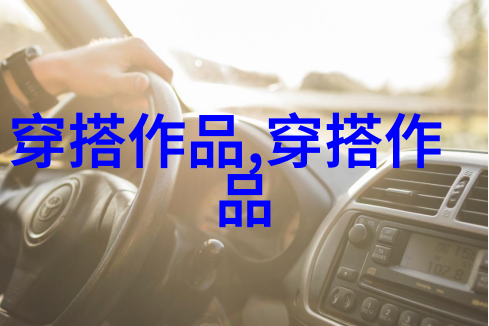在英语课上用鸡插英语课代表 - 鸡奋斗与语言交响
鉴于英语课上用鸡插英语课代表的奇特行为,在这个故事中,我们将探索这样一个问题:在学习一种新语言时,人们会使用什么样的方法来记忆和理解关键词汇?我们将看到一些真实案例,以及这些案例是如何帮助学生们提高他们的英语水平的。

在一所名为“天使小学校”的小学里,有一位叫做玛丽亚的小女孩。玛丽亚对学习英语充满热情,但她总是感到困难,因为她的家人只说西班牙语。在一次家庭聚会上,她听到了一个关于“鸡奋斗”(Struggle is real)的故事,这个故事讲述了一个人为了能够更好地理解英文单词而创造了一种独特的记忆技巧——他把每个单词与一只鸡相关联。
Inspired by the story, Maria decided to try it out for herself. She started by making a list of all the new vocabulary words she was learning in class, and then she began to associate each word with a chicken. For example, when her teacher taught them the word "egg," Maria would imagine a chicken laying an egg.

As time went on, Maria found that this technique really helped her remember new words. She could recall them more easily during tests and quizzes, and she even started to use them in conversation with her friends. Her confidence grew as well; she no longer felt so nervous about speaking English.
But what about older students? How can they make use of this method? One student named Alex had been trying various methods to learn English for years without much success until he stumbled upon this idea from his friend who was studying abroad.

Alex thought about how he could relate chickens to English vocabulary words that were difficult for him to understand or remember. He created flashcards with pictures of chickens doing various actions related to those words on one side and the actual word on the other side.
For instance, when Alex encountered the verb "to peck" which means poking something gently with one's beak (usually used by birds like chickens), he imagined himself pecking at food like a chicken does. This vivid image stuck in his mind better than just memorizing another boring definition or translation!

Not only did Alex find these associations helpful but also fun! They made learning feel less tedious while allowing him greater access into understanding their meanings through visual aids rather than mere text alone - which we know might not always stick effectively due its abstract nature compared against concrete images associated together such as using a picture of an animal engaging in specific action relevantly tied up within contextually linked memory pathways forming strong connections leading toward long-lasting retention abilities beyond simple rote memorization techniques typically employed throughout education systems across different cultures worldwide today!